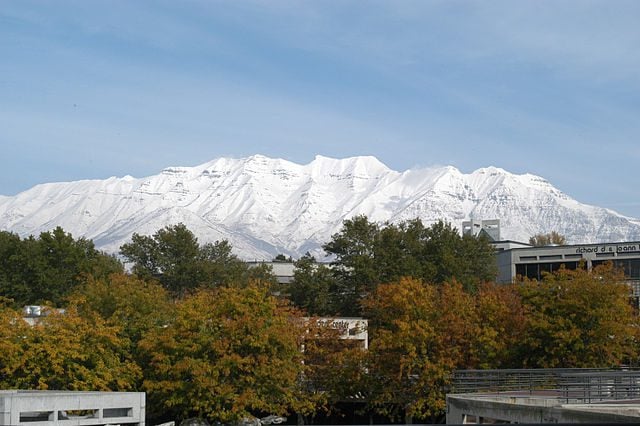
(Wikimedia Commons public domain image)
Last night, I reported briefly on the remarks given by the Catholic Archbishop of New York, Timothy Cardinal Dolan, at Utah Valley University on Sunday night. See “Timothy Cardinal Dolan, Archbishop of New York, in Orem, Utah — within walking distance of my house.” I’ve also called attention to a video about Cardinal Dolan’s remarkable visit that has been posted on the official website of the Church of Jesus Christ of Latter-day Saints: “Apostle and Catholic Cardinal Speak at Freedom Festival: Elder Cook welcomes Timothy Cardinal Dolan to Utah.”
Here is some additional coverage, notably including a visit with President Russell M. Nelson:
***
Religious freedom is a big issue, both nationally and internationally:
***
***
In the vigorous debates that followed the writing of the proposed Constitution of the United States of America, it rapidly became apparent that, unless there were clear written limitations on the power of the federal government, the document might not be ratified. This is why the so-called “Bill of Rights” — made up of the first ten amendments to the Constitution — was added to the document.
Here is the full text of the very first of the ten amendments that form the Bill of Rights:
Congress shall make no law respecting an establishment of religion, or prohibiting the free exercise thereof; or abridging the freedom of speech, or of the press; or the right of the people peaceably to assemble, and to petition the Government for a redress of grievances.
Please note that the very first topic mentioned in the very first amendment is religious liberty. That, I suspect, was no chance or coincidental matter.












